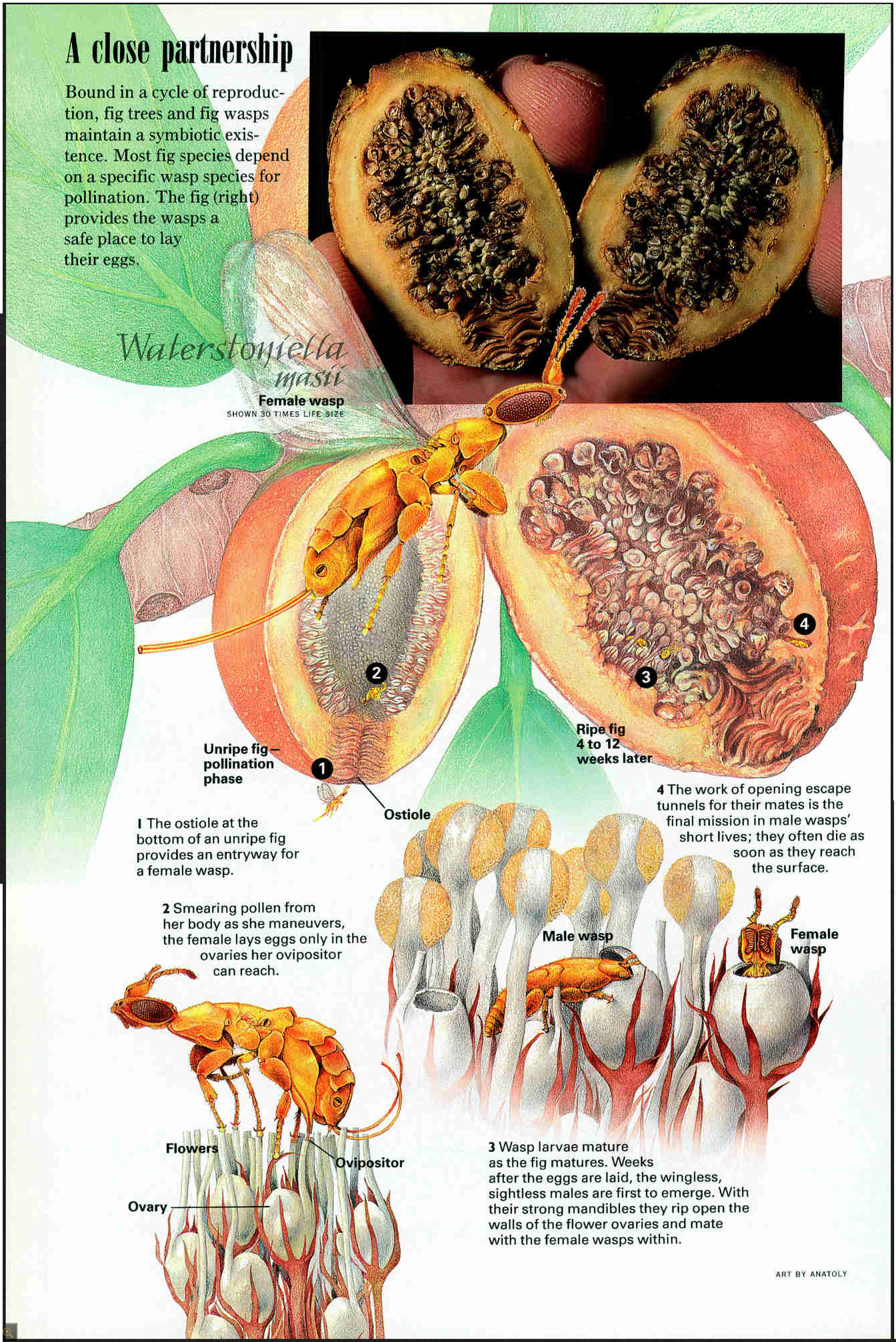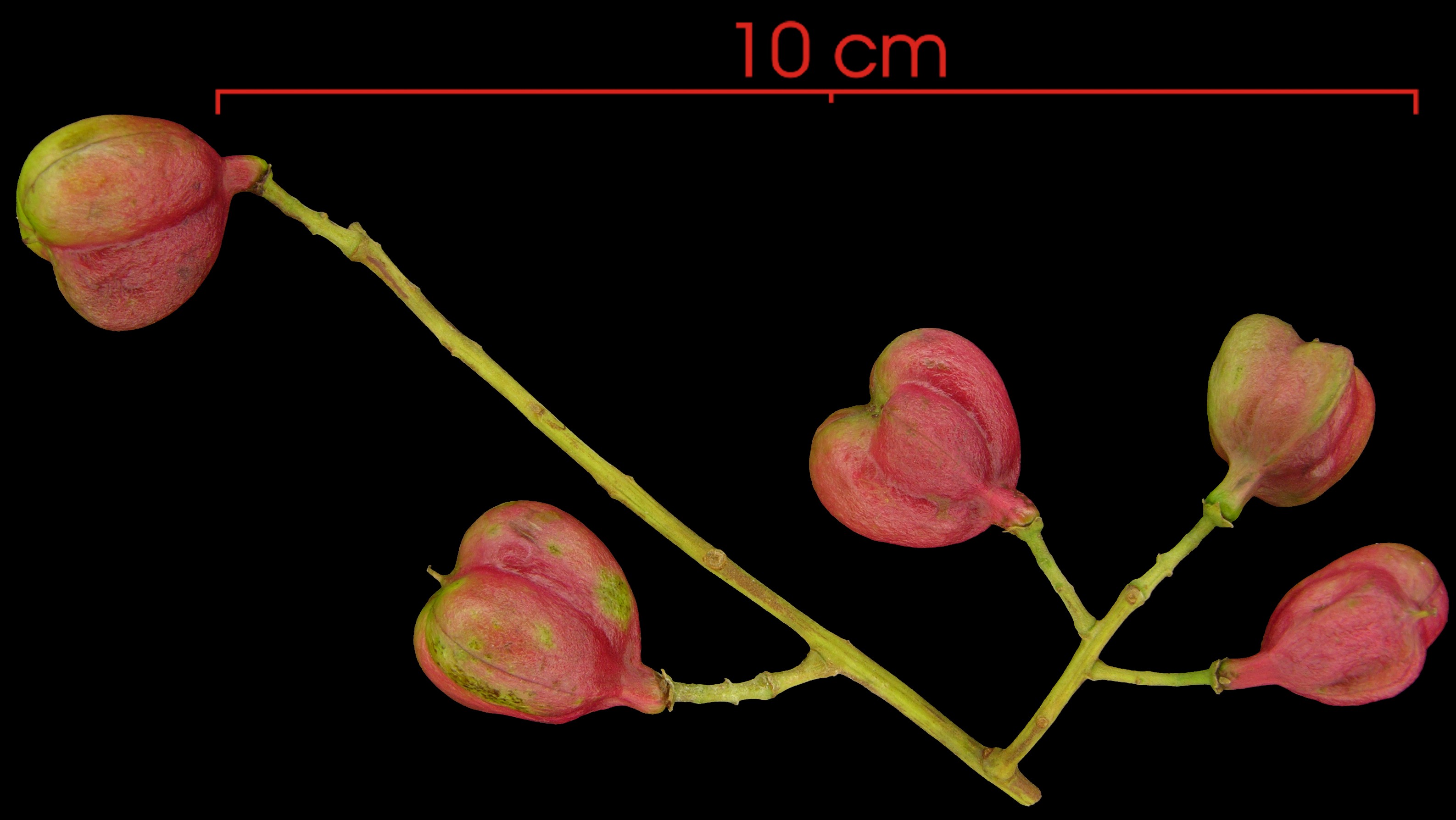Dr. James L. Hamrick is Regents Professor of Plant Biology at the University of Georgia. He is widely recognized for his work on the genetics and evolution of natural plant populations. The featured video is from a series of interviews for the 50th anniversary of Organization for Tropical Studies (OTS/OET).
Dr. Hamrick is also a personal hero of mine and is one of my role models as a tropical biologist. I discovered his work soon after I began to work with Dr. Robin L. Chazdon of the University of Connecticut for my PhD as a part of the the Bosques Project. I was going to study genetics of second-growth forest regeneration and publications from Dr. Hamrick’s laboratory were creating a lot of excitement on my end. Therefore, one can imagine how excited I was when I heard the instructor for the Molecular Methods in Tropical Ecology Course (OTS -18) was going to be the legendary Jim Hamrick:
Molecular Methods in Tropical Ecology Course (OTS -18) by James L. Hamrick from Uzay Sezen on Vimeo.
I would like to mention briefly two studies from his lab that stayed with me. Both studies came out in 1998 and have very interesting natural history in their background reflecting diverse types of animal-plant interactions in the tropics. First one was carried out in Barro Colorado Island in Panama and is about breeding structure of tropical fig trees. As a person who grew up in the Mediterranean, I am no stranger to figs and their pollinator fig wasps. However I have to admit I didn’t know they were wasps until I got a formal biology education. Figs are keystone species especially in the tropics with a diverse community of consumers living on them including their specialized fig wasps. In this study, Dr. John Nason showed that the pollination distances of fig trees can be very large, as large as 632 square kilometres! Pollination distances can indeed be very large up to 160 km according to a study carried out in Namibia. Figs make up a large proportion of diet of many vertebrates including primates, birds and even fish which disperse their seeds to long distances.
The second study was carried out in a fragmented middle altitude forest Costa Rica. Dr. Preston Aldrich studied a hummingbird pollinated and bat dispersed tree species Symphonia globulifera and compared genetic make up of seedlings and saplings with mature trees in remnant forest patches and old-growth forest. Before talking about the striking results of the study, I would like to give a bit more information on this well-studied tropical tree.
Symphonia is a medium sized tree (25−40 m tall) and found in Africa (from Guinea Bissau to Tanzania) and in America (from Mexico to Brazil). The oldest fossil pollen records of Symphonia (fossil taxon Pachydermites diederexi) were found in Nigeria and date to the mid-Eocene (about 45 Million years ago) and there are records through the Oligocene and Miocene from Angola. American fossils of the taxon are younger, the oldest dating to the early/mid-Miocene (about 18–15 Million years ago). The distribution, palaeoecological and genetic data favor Africa or Madagascar as the geographic origin of the genus. There are between 16-23 endemic species belonging to the genus Symphonia in Madagascar, but S. globulifera is not found there.
Symphonia inhabits forests from sea level to 2600 m altitude. It is a late successional species which means it’s seeds germinate in shady closed forest canopy. The showy red flowers are pollinated by butterflies, hummingbirds and perching birds in the Neotropics and by various insects and sun birds in Africa. Seeds are dispersed by bats, tapirs, rodents, primates and deer in the Neotropics and by hornbills, primates and duikers in Africa.
Now back to the 1998 Preston and Hamrick study. First observation they have made was there were more seedlings (five times more) in remnant forest patches compared to continuous old-growth. This was a bit unexpected because as a late successional tree, one would expect to see better seedling performance and more densities in the old-growth. Why there were more seedlings in fragmented forests and where did they come from? When the genetic make up of the seedlings in remnant forest were compared with mature trees researchers found that close to 70 percent of the seedlings were from a few trees standing alone in the middle of the cow pasture. Until that time lone standing trees were seen as “living dead” with no contribution to gene pool because of their isolation. Reproductive dominance reported in this study really turned everything upside down and continued to surprise us with it’s findings. In old-growth forest setting, flowers of this tree are out-crossing, that is pollinators successfully carry pollen from one tree to another tree. Genetic data showed that the flowers of the isolated pasture trees were three times more likely to self-pollinate.
It all made sense when the behavior of the pollinators and seed dispersers were incorporated into the scenario. Hummingbirds have a characteristic “traplining” foraging behavior to optimize their energy budget. Isolated pasture trees were larger than their forest counterparts due to reduced competition and increased nutrients and thus flower more vigorously which may be more attractive to hummingbirds. Once hummingbirds start feeding on the floral nectar they stay in those trees as long as the nectar yield is sufficient. They repeatedly visit flowers of the same tree increasing self-pollination. Once selfed flowers develop into fruits another episode of natural history kicks in. Fruit eating bats feed on Symphonia fruits with a noticeable behavior. These bats like to consume fruits under a closed canopy. Once they pick fruits they fly back to their roosts in remnant forests. There they consume the pulp and drop the seeds on the forest floor. The active transport of seeds into the remnant forest fragments far exceeds to that of the old-growth. This skewed relationship is almost entirely is a consequence of Human landuse practices.
Years later when the results of my own project in a different forest (lowland rainforest) with a different disperser (toucan birds) with a different pollinator (bees) and a different tree (a canopy palm) found strikingly similar events unfolding. Close to half of the Iriartea palms regenerating in a second-growth forest were offspring of only two parents in the adjacent old-growth forest. This was another case of reproductive dominance. Moreover, seedlings growing around trees in the young forest did not belong to those trees but were a diverse collection from many different trees. Toucans visited many trees in vicinity and swallowed fruits whole. Just like fruit bats they flew to their favorite “social spot” to digest the outer pulp and regurgitated seeds beneath.
Forest fragmentation is a big problem in tropical rainforests worldwide. Hamrick’s work has shown us the invisible facts of tropical rainforest. We now know that unsuspecting trees can be disproportionately important and degraded habitats can be significant genetic templates for future forests. Tropical forests proves to be more resilient than thought but on going habitat loss continues globally and the resilience has it’s biological limits. Local and international conservation groups are working hard to maintain and restore degraded habitats. In 2014, Brazil was able to reduce it’s deforestation rates by 70% below it’s 10 year average by incentives that started in year 2006. Farmers who reside in counties with high deforestation rates were denied credit by government. Soybean and beef buyers stopped buying products grown on land cleared after 2006. This incentive made a positive impact and deforesters were exluded from profiting. Brazil thus became the world leader in reducing CO2 emissions causing global warming by greenhouse effect.
Science continues to do it’s job marvelously by showing us how nature works. Boundaries of our knowledge is increasing and will help us solve ecological problems by developing solutions to reduce human pressure.




0 Comments
You can be the first one to leave a comment.